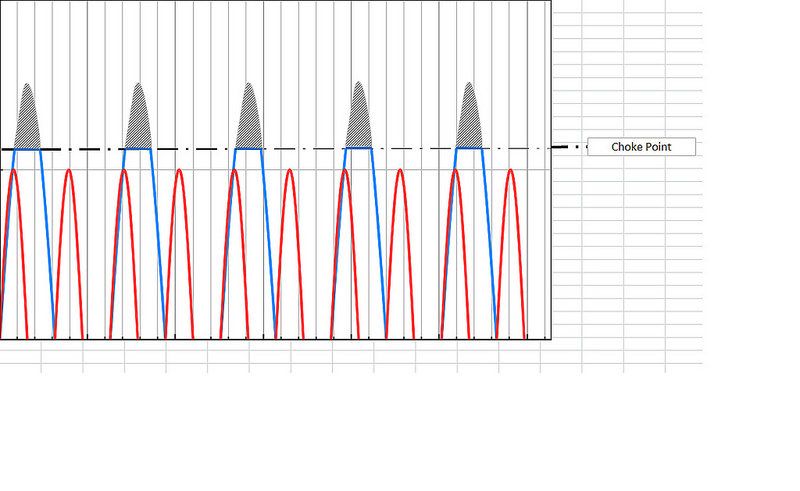CHDiesel
New member
To start, I spent hours using the search function, reading some of my old physics and fluid dynamics books, and googling.
I've gotten dozens of recommendations on turbos, with "it's good for this hp and spool" explanations and bro science. I'm looking for real science.
I wan't to know more about how much the choke points of A/Rs effects spool, horsepower, and final flow numbers. How much of a difference the turbine exducer size effects flow and spool compared to A/R. How different exhaust pulse volumes from engines the same size but different cylinder count effect the A/R and wheel size decisions.
I found a great thread I'll quote in a reply that tells some of the science, but leaves a lot of questions specific to engine sizes and hp goals.
I'm hoping more for numbers that help with turbo choice for my 6.7 Cummins, but I think it can help everyone make confident decisions.
I've gotten dozens of recommendations on turbos, with "it's good for this hp and spool" explanations and bro science. I'm looking for real science.
I wan't to know more about how much the choke points of A/Rs effects spool, horsepower, and final flow numbers. How much of a difference the turbine exducer size effects flow and spool compared to A/R. How different exhaust pulse volumes from engines the same size but different cylinder count effect the A/R and wheel size decisions.
I found a great thread I'll quote in a reply that tells some of the science, but leaves a lot of questions specific to engine sizes and hp goals.
I'm hoping more for numbers that help with turbo choice for my 6.7 Cummins, but I think it can help everyone make confident decisions.


